Author: Saloni Dahanukar
While we all want to do our bit to fight climate change, all this sustainable fashion mumbo jumbo can sometimes get overwhelming. While all of us are trying to be more “eco friendly”, “organic” and “vegan”, fashion brands keep throwing more and more such buzzwords into the mix every season. One must think, are “eco friendly” and “fair trade” the same thing? What exactly is vegan leather? And how exactly can “bamboo socks” be biodegradable??
Fret not, it’s not as bad as you think.
To make things easier, here’s a list of 10 key sustainable fashion terms that will help you cut through the complications and give your dictionary a break.
“Organic” vs. “Vegan”
It’s common practice to see these two terms used interchangeably or even together in most sustainable fashion adverts. While that is absolutely appropriate, they don’t necessarily mean the same thing. When a brand certifies their product as “organic”, it usually means that the raw materials used to make the product are natural and not genetically modified. Meaning, they are grown without any chemicals or pesticides. On the other hand, “vegan” products refer to items that are cruelty free and have been made without the presence of animal products. In most countries, you can look for PETA certified clothes to make sure there are no hidden animal ingredients in your fashion items.
“Fair Trade” or “Ethical Trade”
These terms refer to the practice of safeguarding the rights and freedoms of all those involved in the entire supply chain, from cotton pickers, to garment workers to drivers who transport the finished product to the point of sale. Ethical trade conditions include fair pay, hygienic and safe working conditions, protecting workers rights and helping workers to achieve equitable trade partnerships. These conditions are a collective responsibility of business owners, retailers, wholesalers and brands alike.
“Circular Economy” or the “Closed Loop”
Simply put, the circular fashion economy refers to extending a product’s life cycle by reusing, recycling, upcycling, sharing, leasing and repairing existing materials for as long as one can. It is literally the opposite of the linear fashion economy we live in today, where a piece of clothing ends up in a landfill after a few years of use. This term is also referred to as the closed loop system, which works to keep clothes in circulation for as long as possible. The closed loop system is heavily gaining momentum in the fashion industry as new age designers are rethinking and redesigning the way clothes are perceived by consumers.
“Cradle to Cradle” ideology
The Cradle to Cradle approach in sustainable fashion builds on the idea of a circular economy, where clothes are designed in closed loop systems, in a way that the end stage of a particular item becomes the starting stage of another. It was coined as a counter to the “Cradle to Grave” philosophy where clothing items would typically end up in a landfill after their few years of usage. The Cradle to Cradle (C2C) approach imitates nature’s cycle, where items are allowed to naturally decompose, or be upcycled to minimise wastage and lessen impact. C2C is quickly gaining momentum as one of the more promising ways to tackle the ever growing impact of the fashion and textile industry.
“Carbon neutral” vs “Carbon negative”
Many times we see brands proudly talking about their carbon negativity and carbon neutrality in the same catchphrase. However, in actuality these two terms are not similar at all. Being carbon neutral would mean that while a product releases x amount of CO2 during its production process, that carbon is offset in other areas to make the net carbon emission of that product zero. Contrastingly, entering a state of carbon negativity would mean the production process would lock up more CO2 than it would produce, thus countering the effect of emissions on the planet. One must keep in mind that carbon neutrality is not the only solution and all fashion houses must aim to enter a carbon negative state as a way to tackle global warming.
“Slow” or “Sustainable Fashion”
Slow fashion is a relatively new term, coined to counter the practices of fast fashion brands that produce inventory without focusing on sustainability. It means prioritising quality over quantity, and purchasing items that are in every way ethical and sustainable. It also refers to spending more time on the design process to rethink the way clothes can be repurposed for a longer duration, with respect to people, animals, and the environment in general.
“Rana Plaza Catastrophe”
The Rana Plaza catastrophe is a singular event that took place almost a decade ago, and yet is a reminder of the grave dangers that the world of fast fashion holds. In 2013, the Rana Plaza manufacturing complex in Dhaka, Bangladesh collapsed killing almost a 1000 workers and injuring more than 2500. Since then, this tragedy has been a reality check of the fashion industry’s impact and need for sustainable reform. Since this incident, the subject of fair trade and ethical fashion has been thrust into the spotlight and activists have been campaigning for policy changes in the garment industry, especially in developing countries.
“Biodegradable clothing”
Biodegradable clothing refers to clothing made out of natural fibres such as organic cotton, bamboo, hemp and so on. Such clothes can be turned into non toxic waste after their life cycle, and are easily degenerated compared to regular clothing or synthetic items. Such clothing is manufactured with the aim of decomposition, using natural agents such as air, water and sun that break down the compound of the fibres and degrade easily. Some examples of such items are bamboo socks, organic cotton t-shirts, jute bags and hemp caps!
“Gender neutral” or “Genderless” fashion
You may have come across these terms quite frequently in the sustainable fashion ecosystem. Gender neutral fashion merely refers to clothing designed keeping in mind universal accessibility and without the limits of masculine or feminine body types. Such fashion items are popularly called “fashion fluid” and build on the opinion that gender is solely a social construct. By taking the gender fluid route, brands not only widen their consumer base, but also cut down on costs and make their clothes accessible to everyone!
“Conscious consumer”
A conscious consumer is one who consumes keeping in mind the holistic and positive impact of their purchases on the environment and the planet at large. They can be defined as someone who is mindful about their choices, and reflects on a product's end to end lifespan before purchasing it. Conscious consumerism is opposed to mindless consumerism. Conscious consumers are often also referred to as green consumers or ethical consumers.
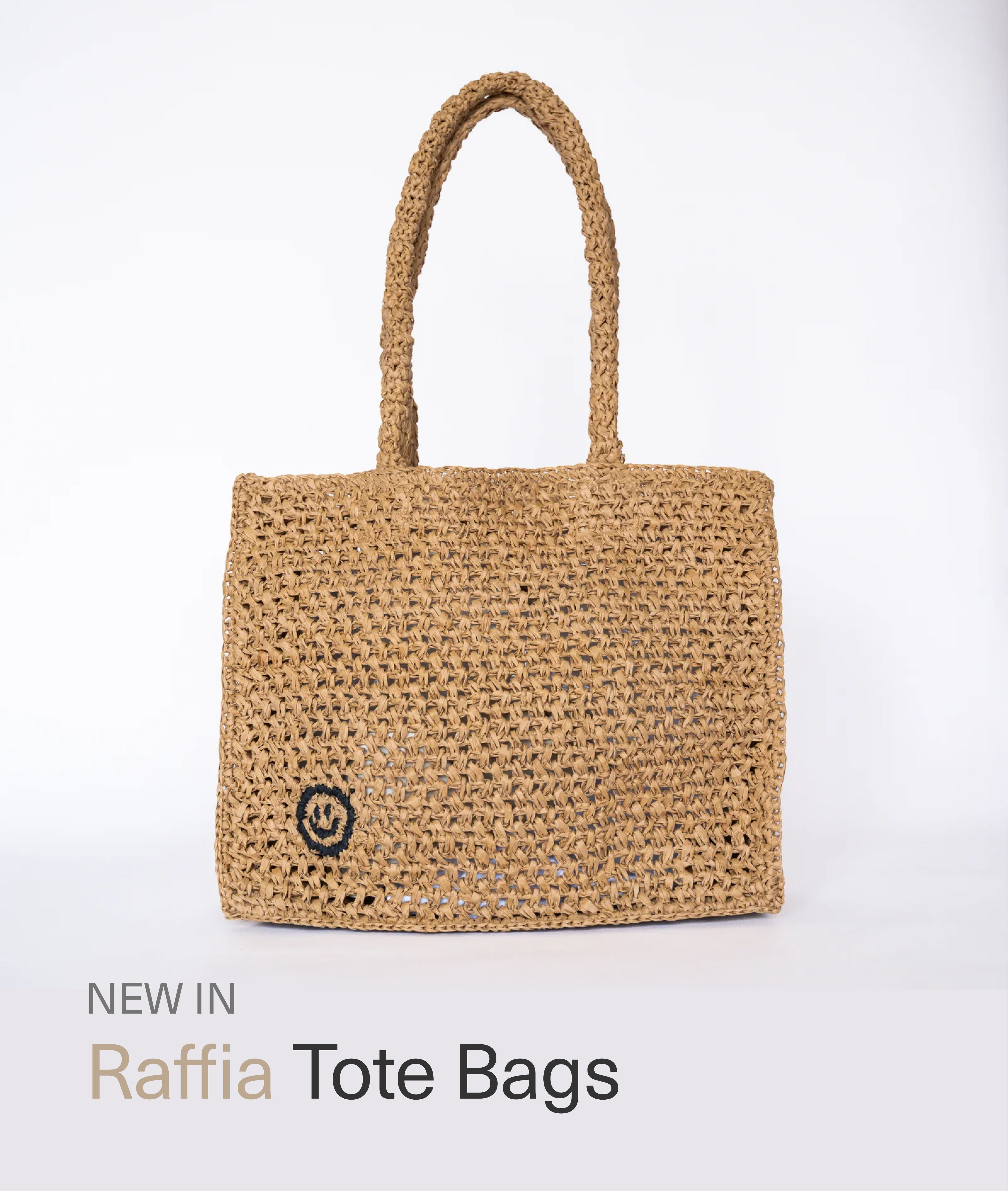
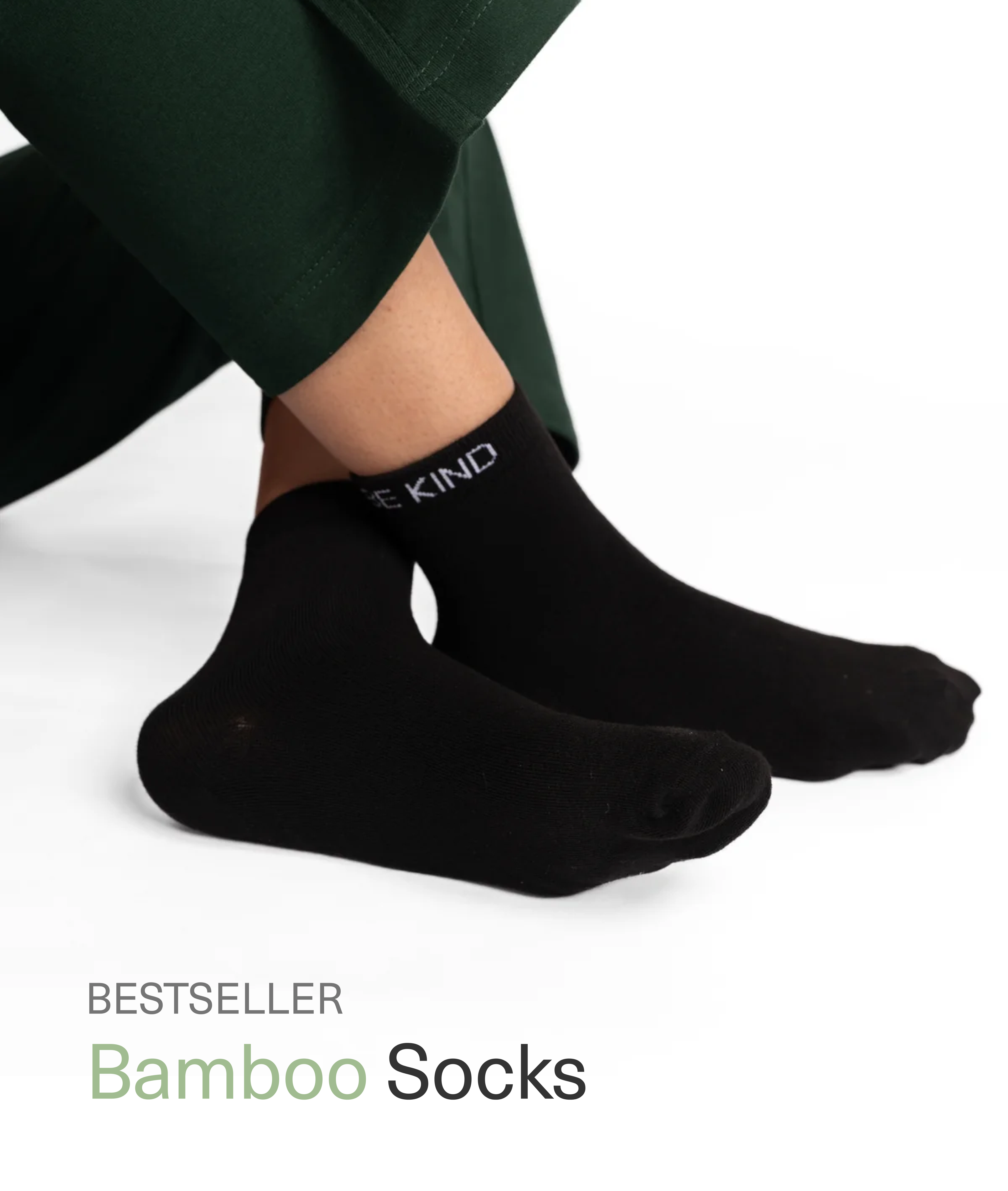
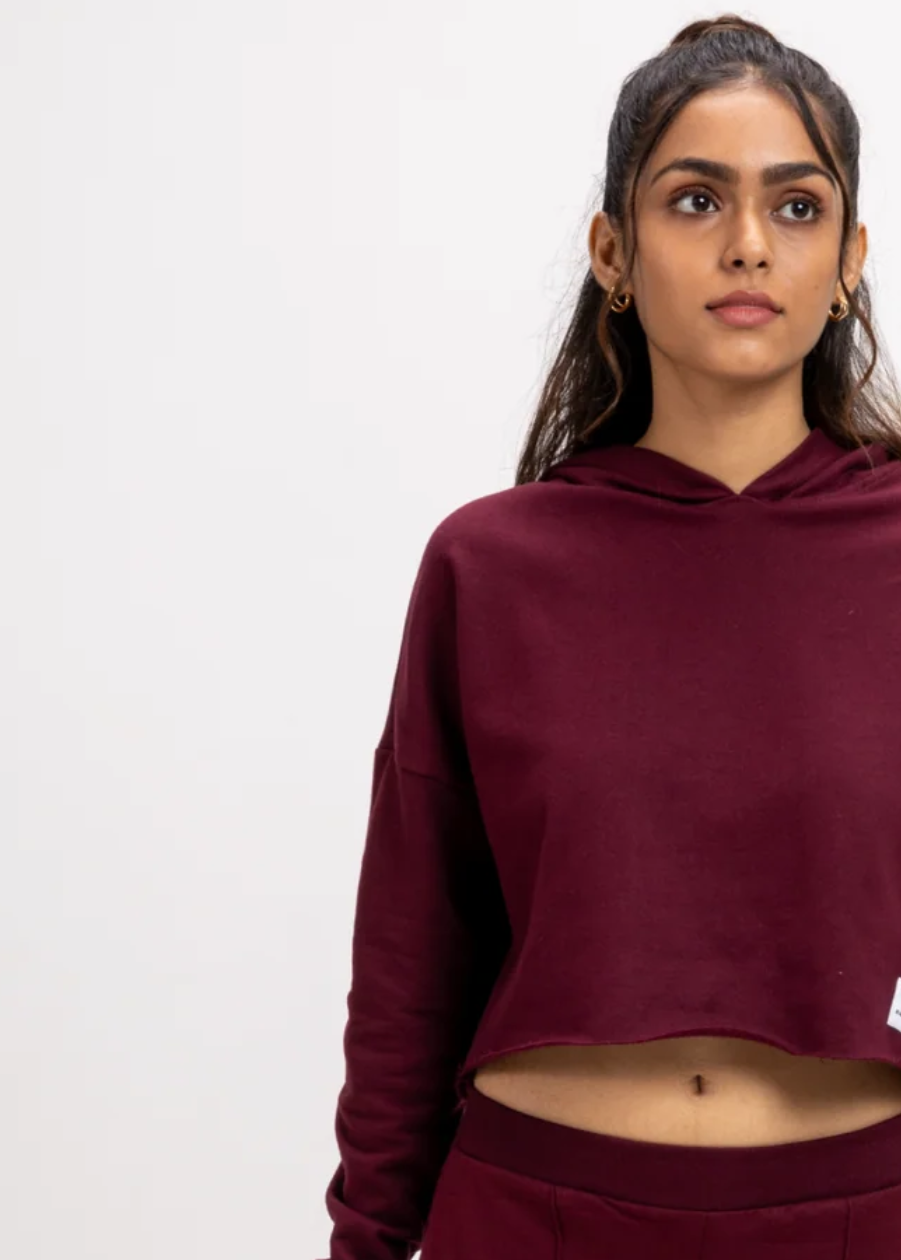
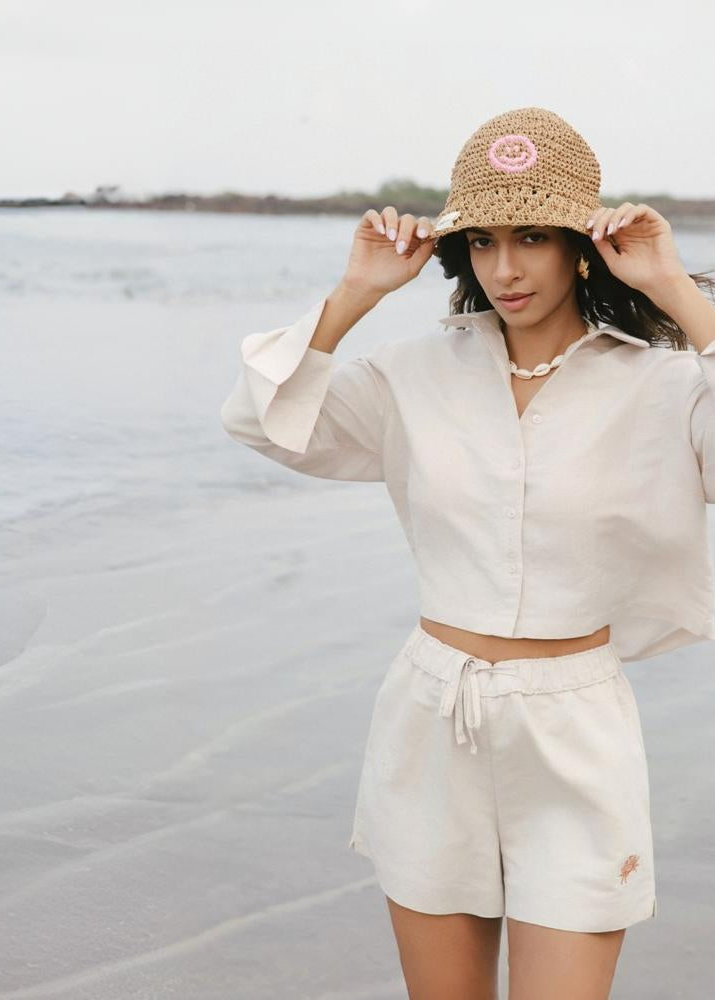
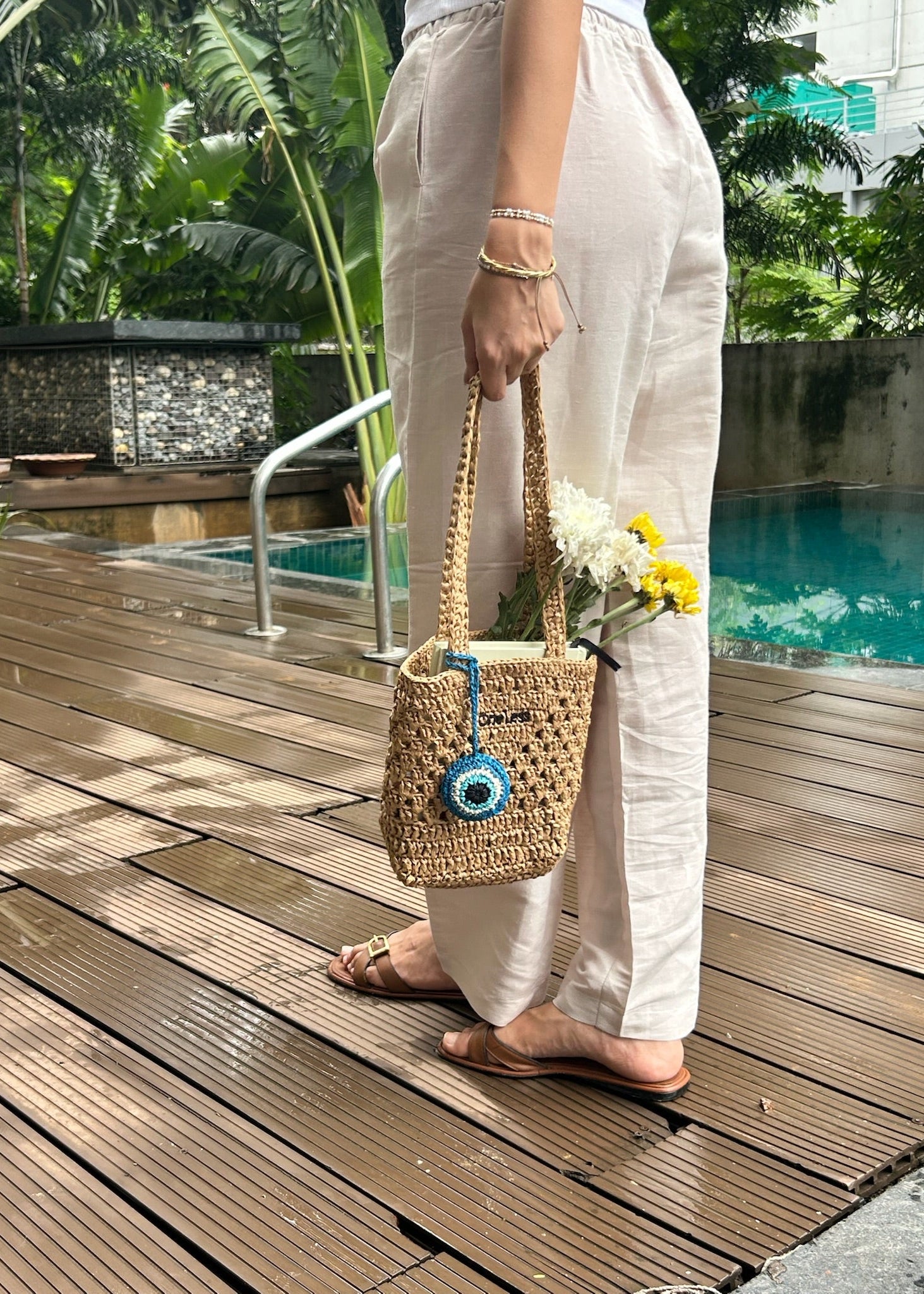
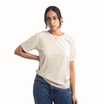
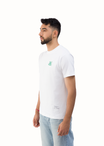

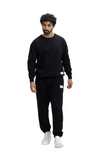


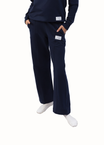

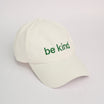
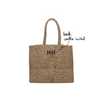
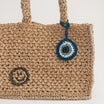
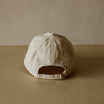
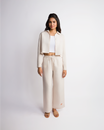
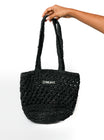
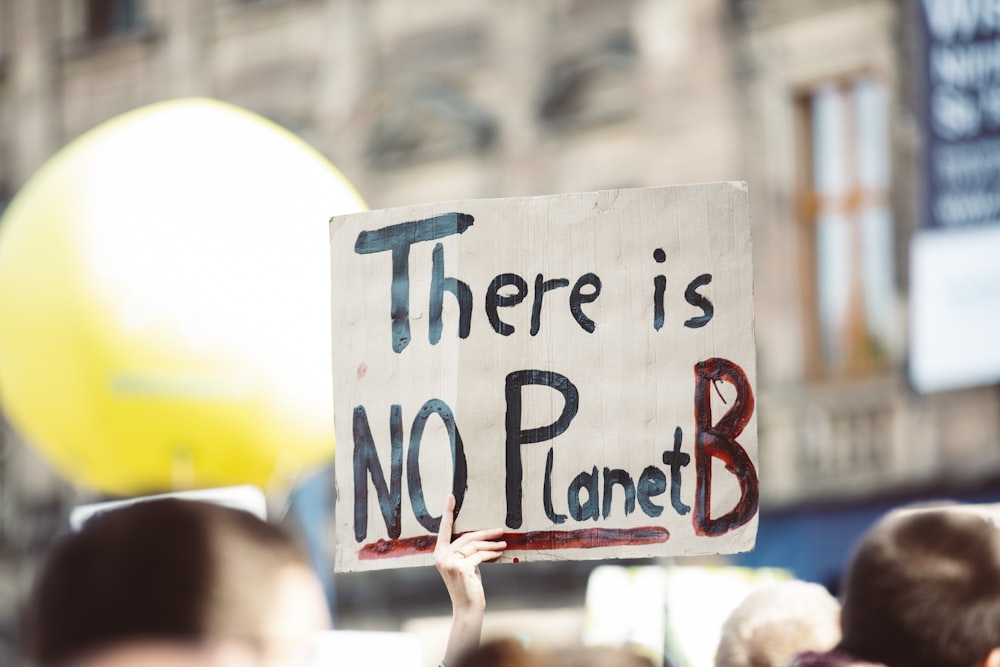
Leave a comment
This site is protected by hCaptcha and the hCaptcha Privacy Policy and Terms of Service apply.